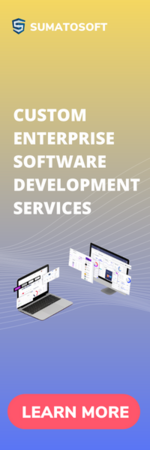-
Ease of perception
But, firstly, absolutely any logo can be made monochrome, and it will not lose its “zest”. Secondly, many brands are presented exclusively on digital platforms, where the logo can appear in all its glory in the RGB model and does not need to be controlled for printing on paper or in a monochrome version.
The less information enters the brain, the faster it analyzes it. Each new color is an additional amount of information. But in fact, it takes literally a fraction of a second to understand a single-color logo in front of you or a multi-color one.
More important is the environment in which the logo "dwells". It must be placed on a contrasting background - use different color versions of the logo (light for dark backgrounds, dark for light ones), background plates.
-
Less need to further simplify the logo for use at small sizes
A large number of shades can merge into a “mess” when reduced, but this problem is minor and can be solved. Even if you need to reduce the logo, it is most likely for the version of the favicon on the site tab (16 by 16 pixels). Most of the time, the logo will be seen in the size for which it was designed.
2. Easy to apply on different surfaces
The more colors in the logo, the more difficult it is to make sure that when printed on paper it looks the same as on the screen.
The more colors in the logo, the more difficult it is to use it for making seals, engraving, burning, etc.
-
Good UX / UI design is distinguished from mediocre by attention to detail. A few things that we needed to take into account:
- it was important to introduce changes carefully — the site is already actively used, designer, do no harm;
- features of SEO promotion - synchronized with SEO specialists to make appropriate changes and content blocks that need to be placed organically on pages;
- transactions are concluded and executed from desktops - it is important to consider that search (browsing) is often carried out in mobile browsers, so special attention should be paid to adaptives;
- hygienic factors - the feasibility of the designed functionality from the point of view of development: logic and available data;
- to make the design helpful - to build the visual hierarchy correctly.
Planning - step by step
It is important to fix errors and remarks at the design stage, since each next step increases the cost of correcting them. Therefore, we built a format of work with rolling planning and possible adjustments to the plan.
Main steps:
- analytics;
- design concept;
- scaling.
-
In terms of visual UI design, we first of all “cleaned up” the interface: removed visual noise in the form of unreasonably used frames and other decorations, “lightened” many elements, shifted color accents to actions that are important for the user, and generally worked with the hierarchy in the interface
While working on usability, we eliminated logical errors in the scripts and agreed that we would look at the metrics after the update. For navigation, we separated the function of the side menu (navigation in individual sections of the user) and the top menu (navigation through public sections). This will allow the user to keep focus on their own activities.
For a smooth transition in the first iteration, the side menu was left in place, but the emphasis was removed from it. We've built in the ability to redesign the navigation later when users get used to the new visual design.
 Suivre le flux RSS des articles
Suivre le flux RSS des articles Suivre le flux RSS des commentaires
Suivre le flux RSS des commentaires

